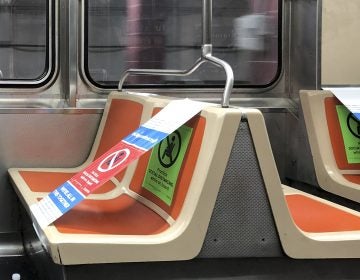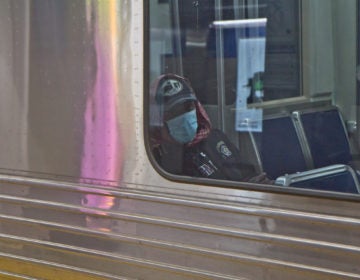This SEPTA bus route is a lifeline for Northeast Philly — and ridership dropped almost 40 percent
Snaking from Bucks County to the top of the El in Frankford, the route connects shops, offices, residences and nursing homes.
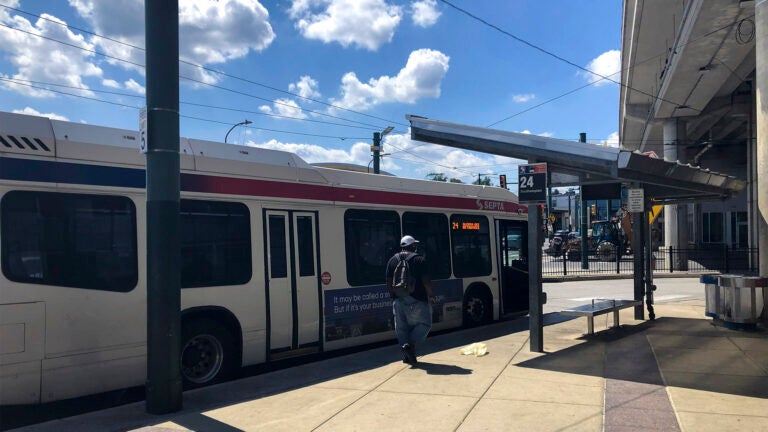
Frankford Transportation Center. (Michaela Winberg/Billy Penn)
Six months after the start of the pandemic, SEPTA ridership is still in free fall. With many people working from home, navigating unemployment and limiting travel for fun, bus routes lost more than half their riders compared to last summer.
Among them is Route 24, a bus line that connects Bucks County to the Market-Frankford Line while running through multiple Northeast Philly neighborhoods.
A lifeline for communities not served by subway, trolley, or even much Regional Rail, the 24 bus lost more than a third of its riders between July 2019 and July 2020.
It’s an unusually long and diverse route that starts in the mostly working-class Frankford neighborhood, then snakes its way through Oxford Circle, Lawncrest and Fox Chase, and into the more affluent Montgomery and Bucks County suburbs.
“It’s such a long route that so many different people of different demographics ride,” said SEPTA spokesperson John Golden, “so there’s a variety of reasons that could all factor into low ridership.”
People could be skipping the 24 because they own a vehicle, or are unemployed, or can work from home, or are doing less discretionary travel — or some combination of any of those reasons.
Ridership didn’t drop as much as some other SEPTA routes. It’s down 37%, which means it’s doing better than average. Across all city bus lines, including those that head out into Chester and Montgomery counties, there’s been a 54% drop.
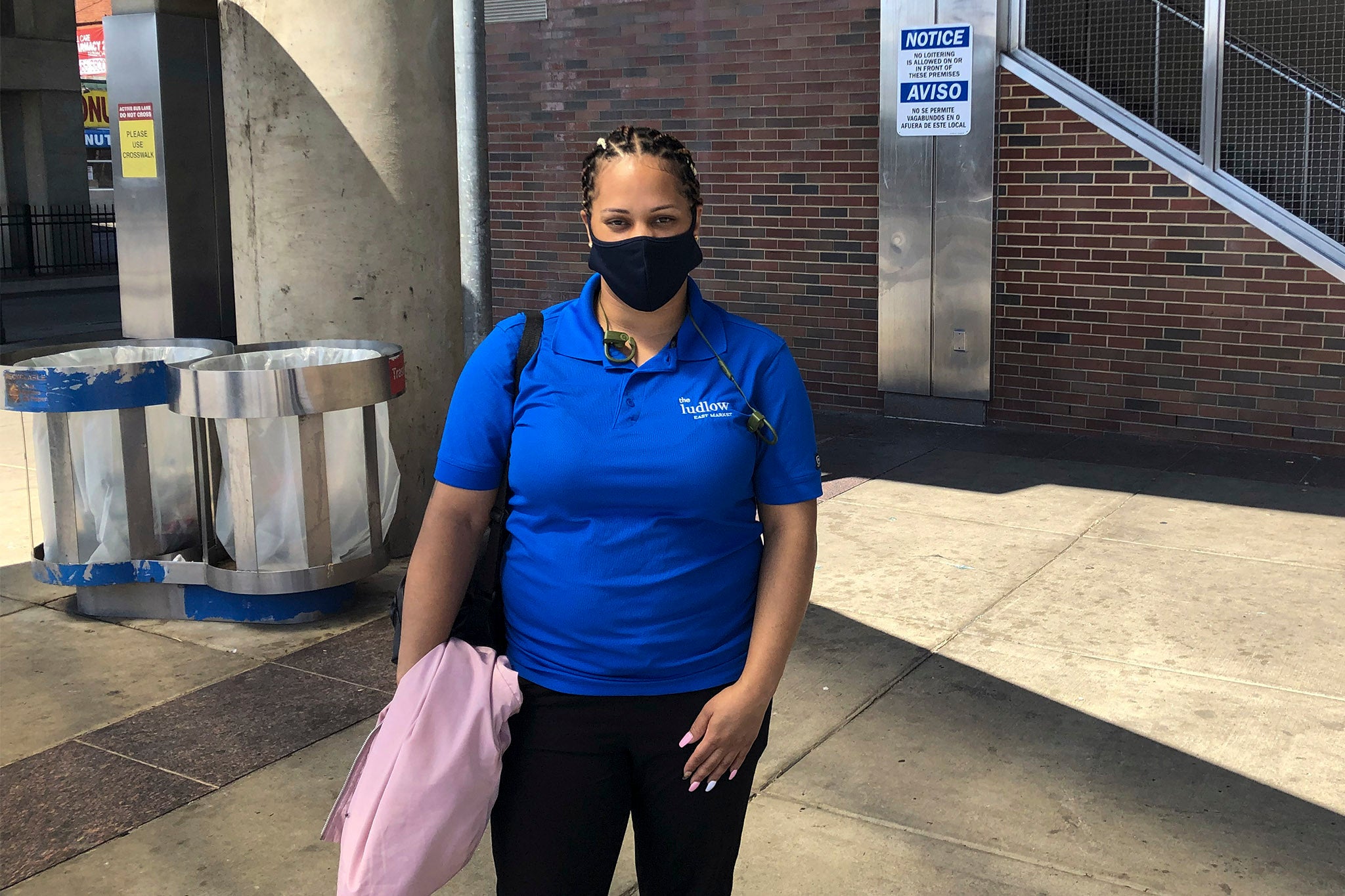
Transporting essential workers
Frankford resident Blanche Jacobs is among the regular Route 24 riders who’ve continued to take it during the pandemic. She rides it Sunday through Thursday to her housekeeping job at The Ludlow apartment complex in Center City.
The 30-year-old has noticed ridership dwindling. “It’s way less crowded,” Jacobs said. “It’s spacious. You get on without a line.”
She thinks some of the missing riders can be attributed to unemployment.
“It’s a lot of people out of work,” Jacobs said. “I’m essential, so I worked through the whole pandemic, but overall a lot of people ain’t hiring, ain’t opening back up.”
Route 24 starts at the Frankford Transportation Center at the very top of the El. From there, it moves north through Oxford Circle, Lawncrest, Cheltenham Village and Fox Chase, eventually hopping on the Huntingdon Pike to get to Southampton. On Tuesday morning last week, the bus picked up about 10 people at the transportation center, including grocery store workers, Subway employees and people accessing social services.
Many of the route’s regular riders work in fast food and customer service gigs right around the Frankford bus terminal.

Subscribe to PlanPhilly
Connection to Center City shops and offices
The line is also a useful connection from the ‘burbs to the Market-Frankford Line, where retail employees and corporate staffers can transfer for an easy ride to Center City.
Jack O’Hara, president of the Greater Bustleton Civic League, thinks many area bus riders were folks with corporate jobs who are now working from home.
The 24 runs west of his neighborhood, but he’s seen it pass by in the mornings almost completely empty. Each time, it catches him off guard — to O’Hara, the previously packed bus passing by with many fewer passengers is eerie.
“Everyone is working remotely,” O’Hara said. “I think the most prominent reason would have to be lack of work in Center City.”
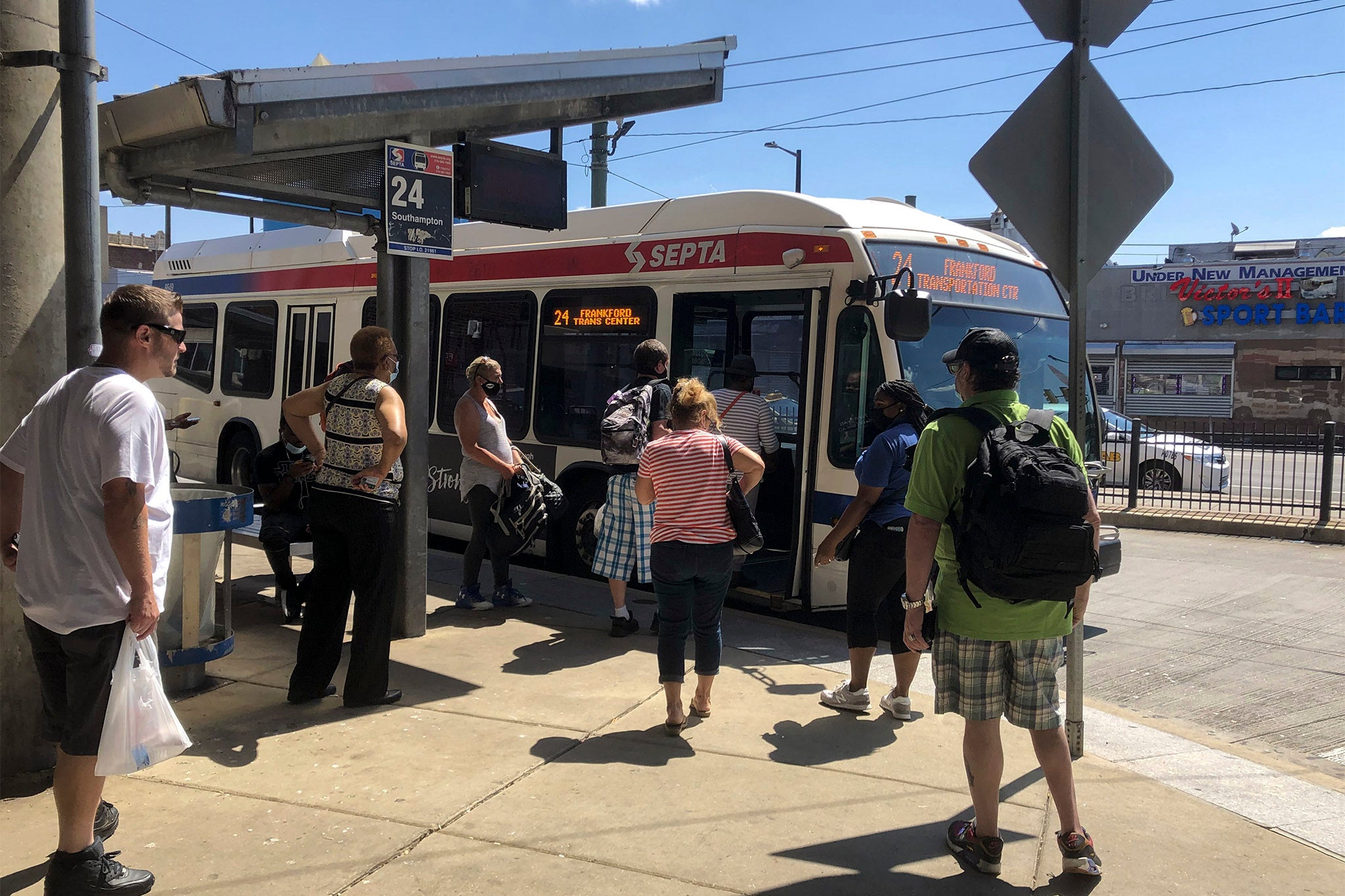
No nursing home visits and more people in cars
Near the top of the line are three nursing homes: Gloria Dei Towers, Artis Senior Living of Huntingdon Valley and Holy Redeemer St. Joseph Manor. During the pandemic, travel among residents and visitation to the facilities have been highly curtailed — to protect the vulnerable populations living there.
Then there’s the switch to cars. In June, the Centers for Disease Control and Prevention recommended people drive alone in their cars to work when possible to avoid transmitting the virus. Data from direction requests made via Apple Maps indicate that nationwide more people have been driving the last few months.
The Northeast Philly neighborhoods along Route 24 boast generally higher rates of vehicle ownership than other parts of the city — meaning residents might be opting to travel by car rather than on public transit, where there’s a good chance they’ll be in close proximity to others.
Worth noting: SEPTA vehicles are considered relatively safe when it comes to coronavirus transmission. Buses, along with trolley, subway and Regional Rail cars, all fully ventilate every two to three minutes.
Jacobs, the regular rider who works at The Ludlow, worries about catching COVID sometimes, but is mostly grateful she still has a job. And she’s getting accustomed to her lonely commute.
“I’ve been going through it for five months now,” Jacobs said. “Like any change, you gotta get used to it.”
WHYY is your source for fact-based, in-depth journalism and information. As a nonprofit organization, we rely on financial support from readers like you. Please give today.





![CoronavirusPandemic_1024x512[1]](https://whyy.org/wp-content/uploads/2020/03/CoronavirusPandemic_1024x5121-300x150.jpg)

